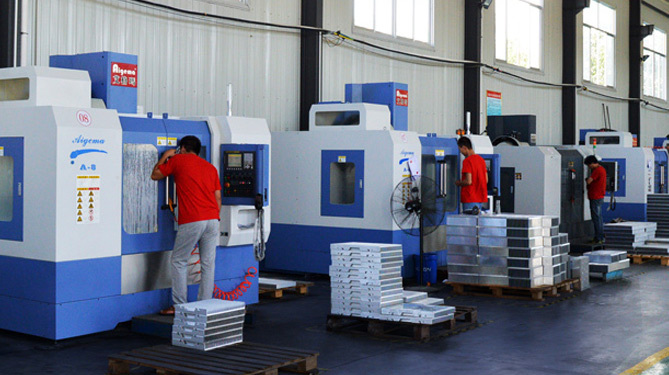Working principle and maintenance of plug-in radiator
Time:
2019-08-27
The plug-in radiator is a common type of radiator. Despite its name, it is mysterious. In fact, the plug-in radiator is a device that adds fins to the heat exchange plate or heat exchange tube to increase the heat exchange area. However, what is the working principle of the plug-in radiator? What is the function of plug-in radiator? What are the advantages? What areas can it be used in? What types of plug-in radiators are available on the market? What is the principle of each plug-in radiator? The following Shanghai Weifang Keyang Electric Appliance answers your questions.
The plug-in radiator is a common type of radiator. Despite its name, it is mysterious. In fact, the plug-in radiator is a device that adds fins to the heat exchange plate or heat exchange tube to increase the heat exchange area. However, what is the working principle of the plug-in radiator? What is the function of plug-in radiator? What are the advantages? What areas can it be used in? What types of plug-in radiators are available on the market? What is the principle of each plug-in radiator? The following Shanghai Weifang Keyang Electric Appliance answers your questions.
Radiators can be divided into column type radiator, tube type radiator, fin type radiator and insert type radiator according to the product appearance characteristics. Among them, finned radiator and inserted radiator belong to fin radiator. The medium, working condition, temperature and pressure of different panel radiators are different, which is mainly determined by the structure. It can cool the cryogenic fluid or liquefy the liquid into steam.
For finned radiator, the heat dissipation function is realized through the fins of the fin heater, and the fins are divided into inner fins and outer fins, which are added to the ordinary base tube to achieve the effect of enhanced heat transfer. The base pipe types include steel pipe, stainless steel pipe and copper pipe, which are mainly used for heat exchange of gas and liquid. According to the different fin structures, it can be divided into coiled radiator, tandem radiator, welded radiator and rolled radiator.
Weifang Keyang Electric Appliance is welded with plug-in radiator. The plug-in radiator includes two components: filler welding and body welding. The former has poor corrosion resistance, and its surface needs to be polished before use to make it smooth and flat; The latter has good corrosion resistance and a uniform weld scar, so it does not need to be polished. When purchasing, the purchasing personnel mainly choose the plug-in radiator with firm welding, uniform welding seam and no unevenness.
The plug-in radiator with good quality often has good thermal conductivity, high strength, strong oxidation resistance and good thermal shock resistance. Long service life, reliable, safe, stable and easy to operate. Therefore, the plug-in radiator can be used in various fields, such as petrochemical industry, food factory, medical industry, power plant, pharmaceutical industry, energy field, etc. In the chemical industry, the panel heater plays a role in heating, cooling, condensation, evaporation, reboiling, etc. In order to ensure the service life of the plug-in radiator, we should pay attention to the timely cleaning of the chip components, as well as the effective cleaning of the dirt remover and filter, so that the whole work can run smoothly. If you need, please consult Weifang Keyang Electric.



